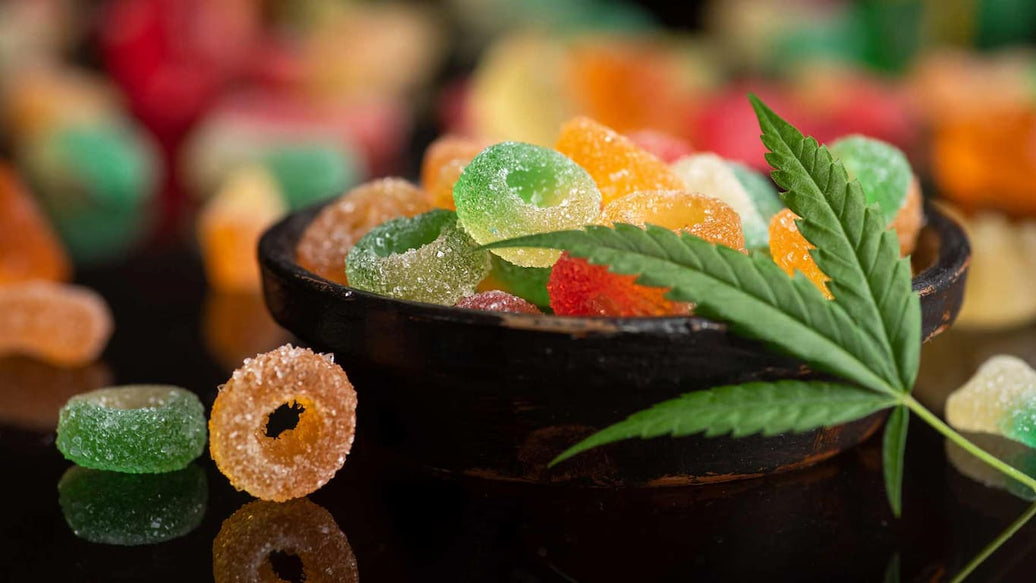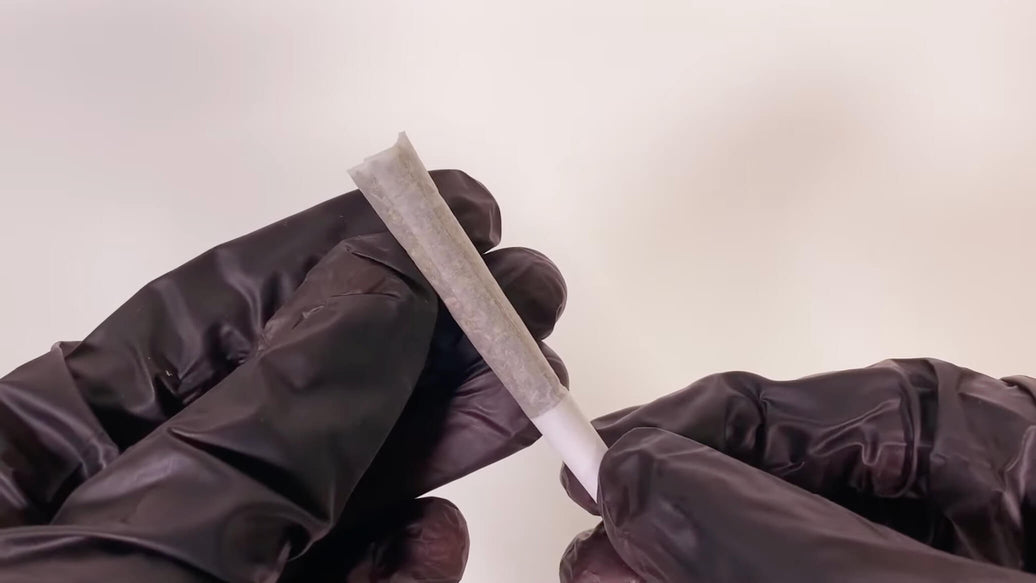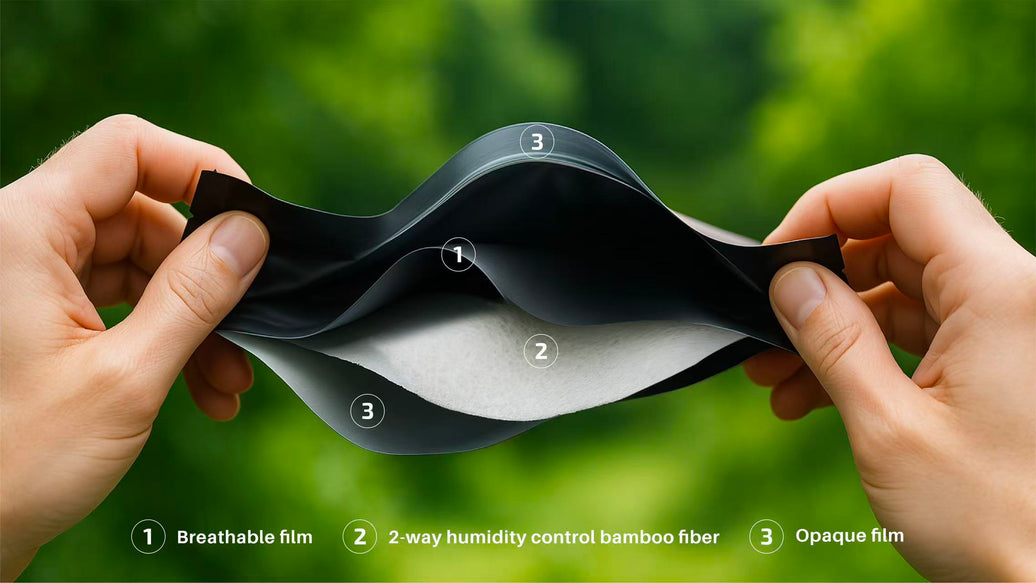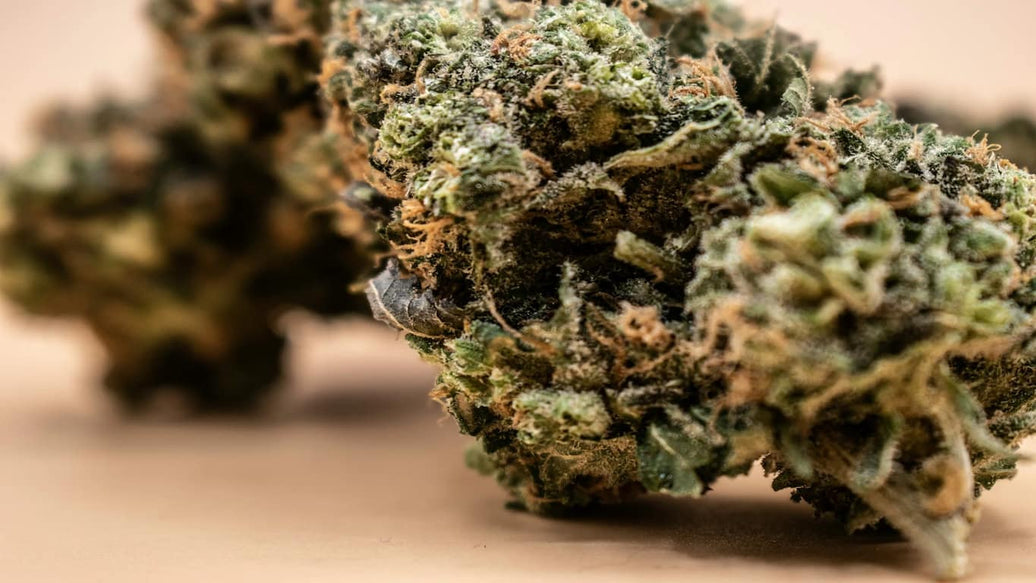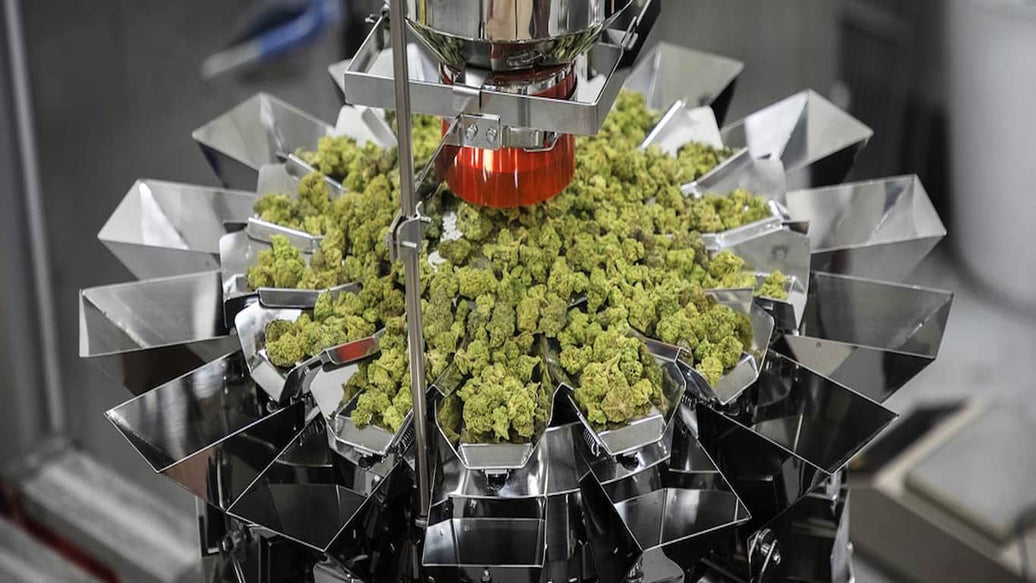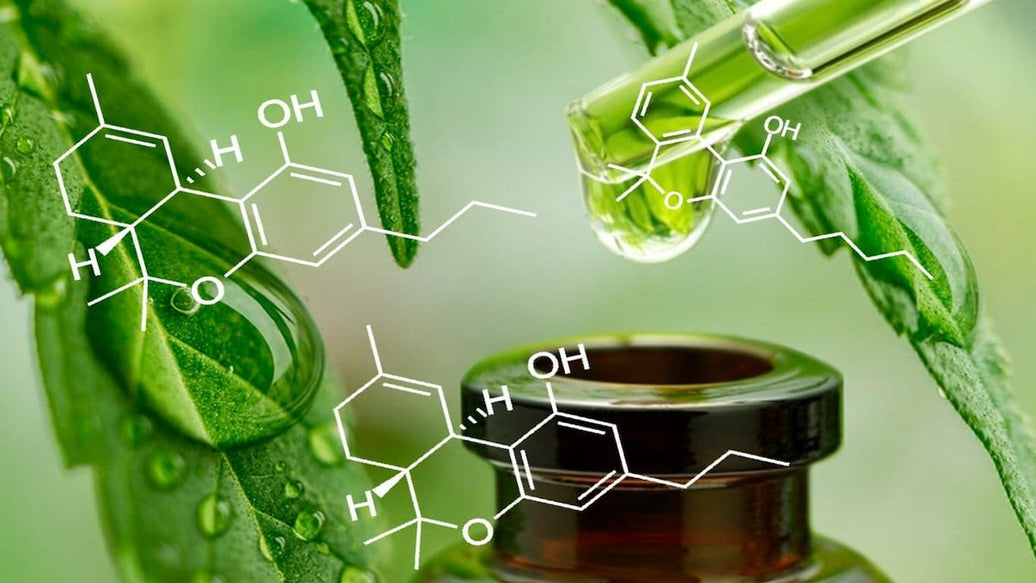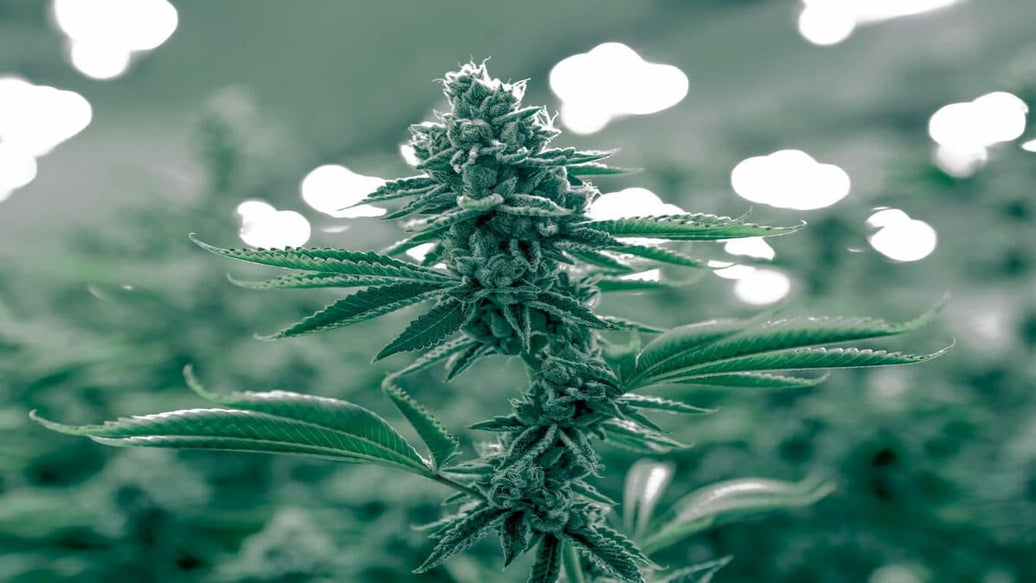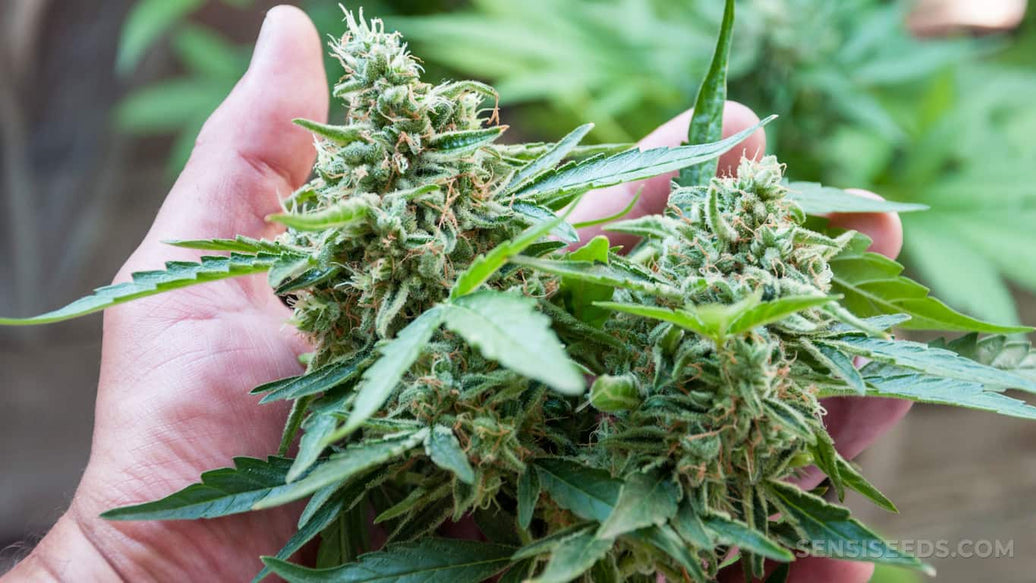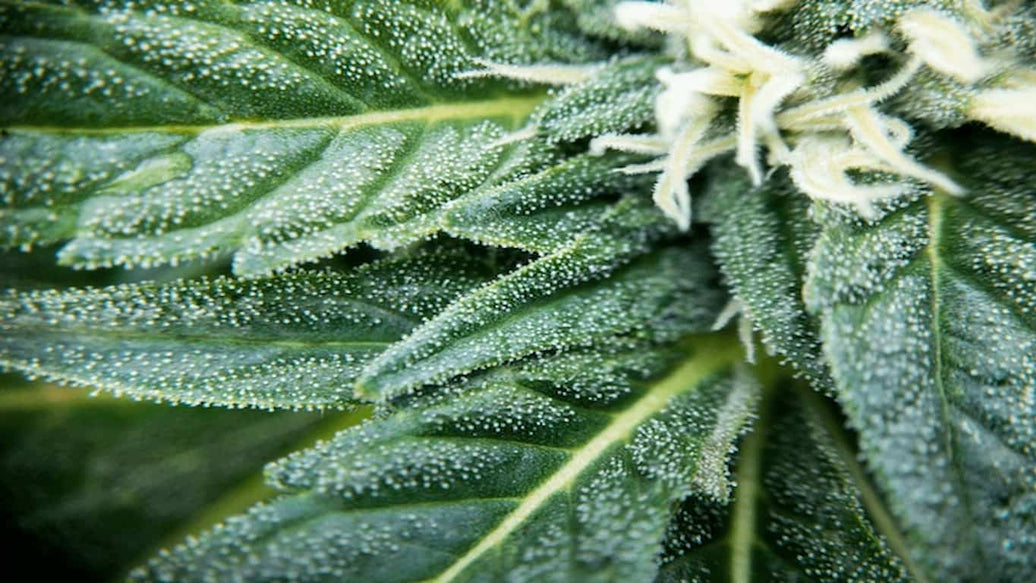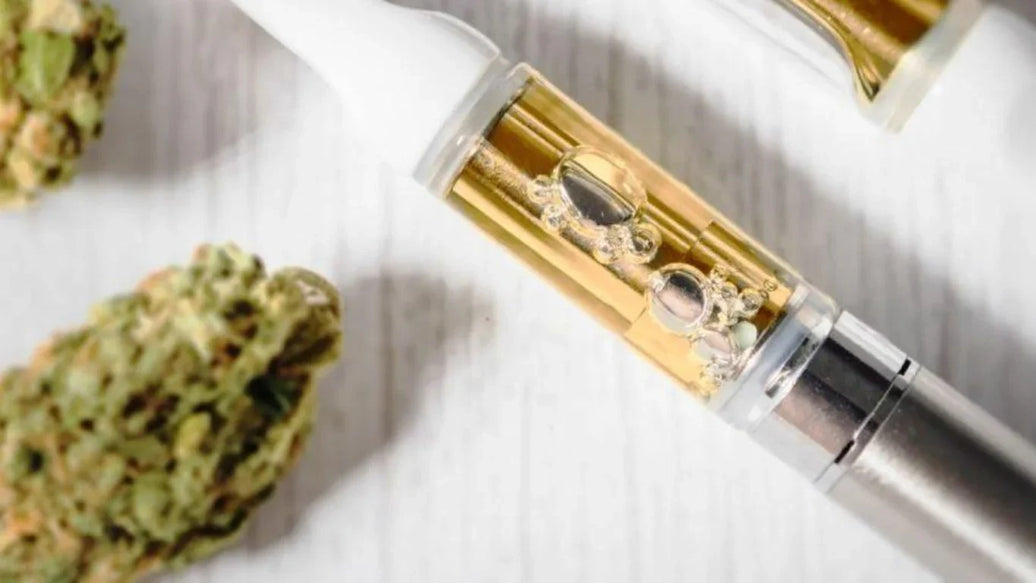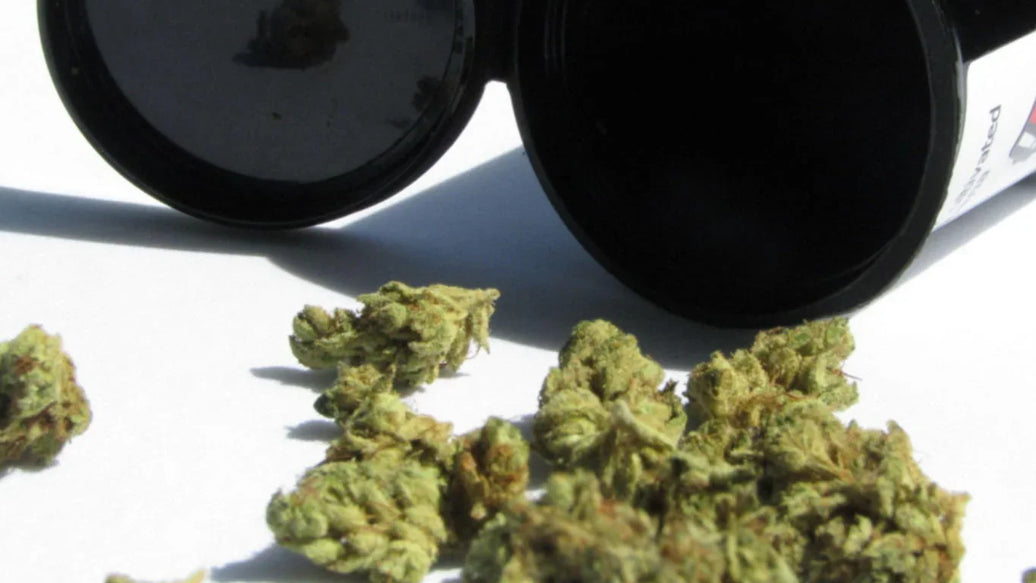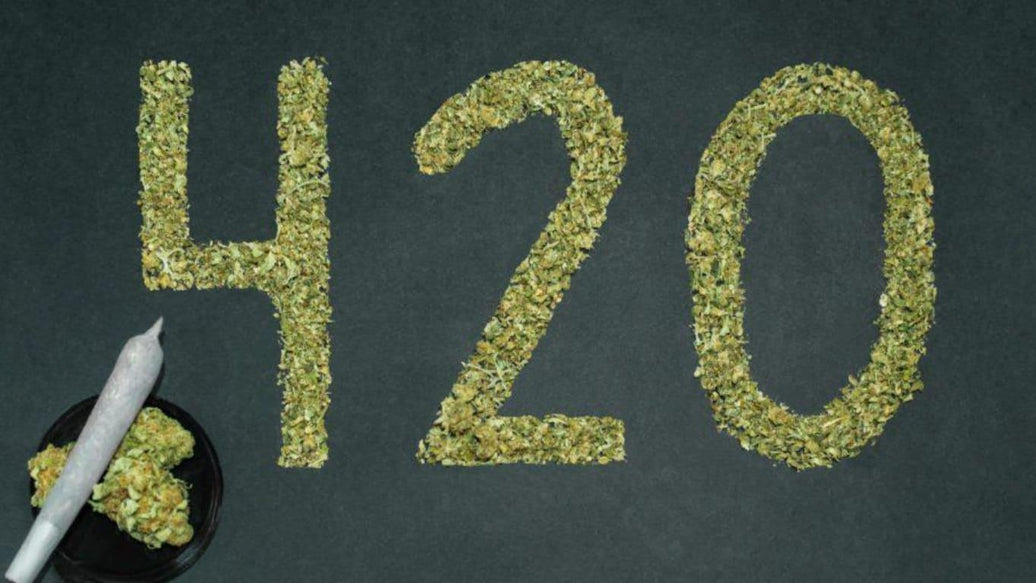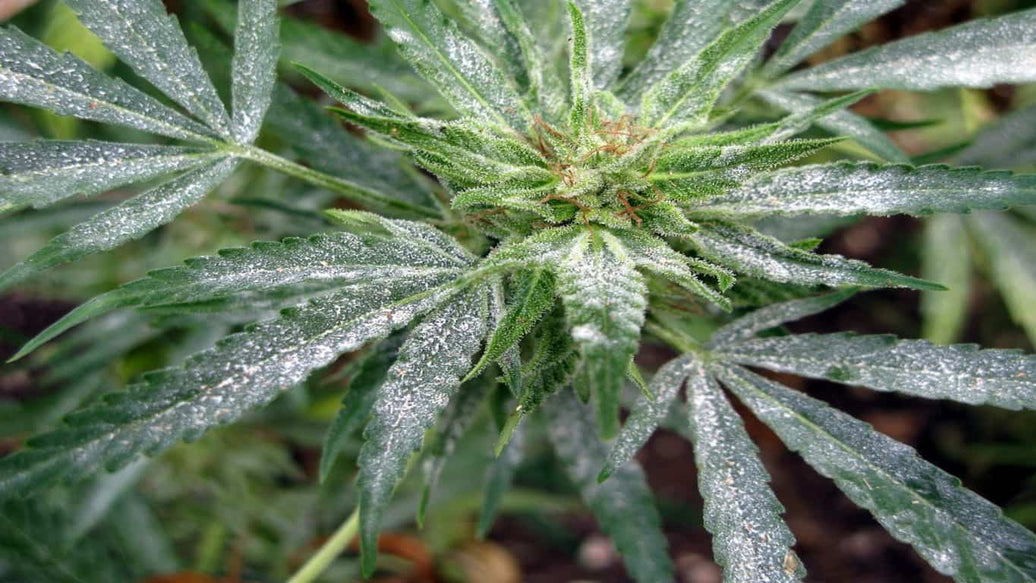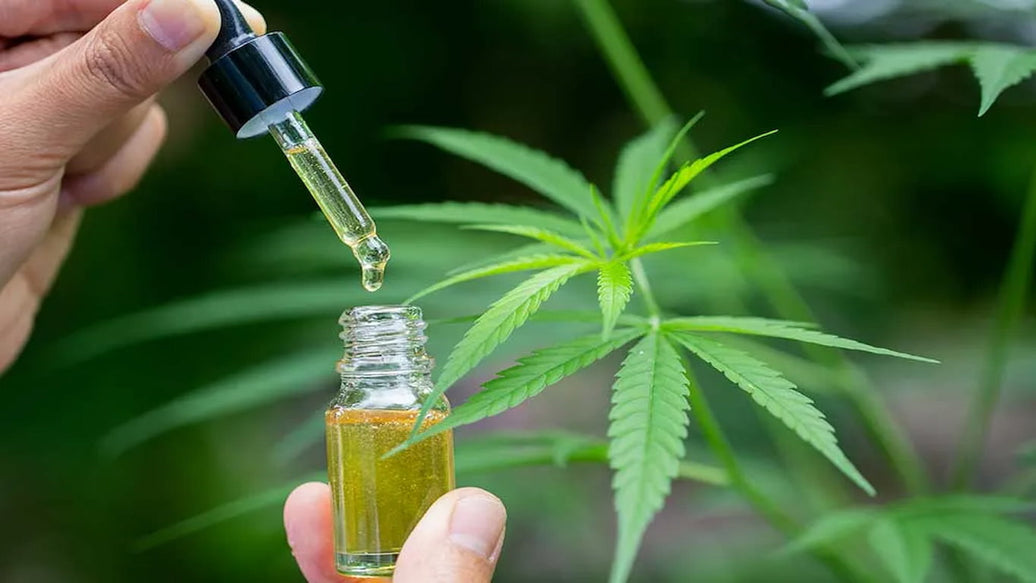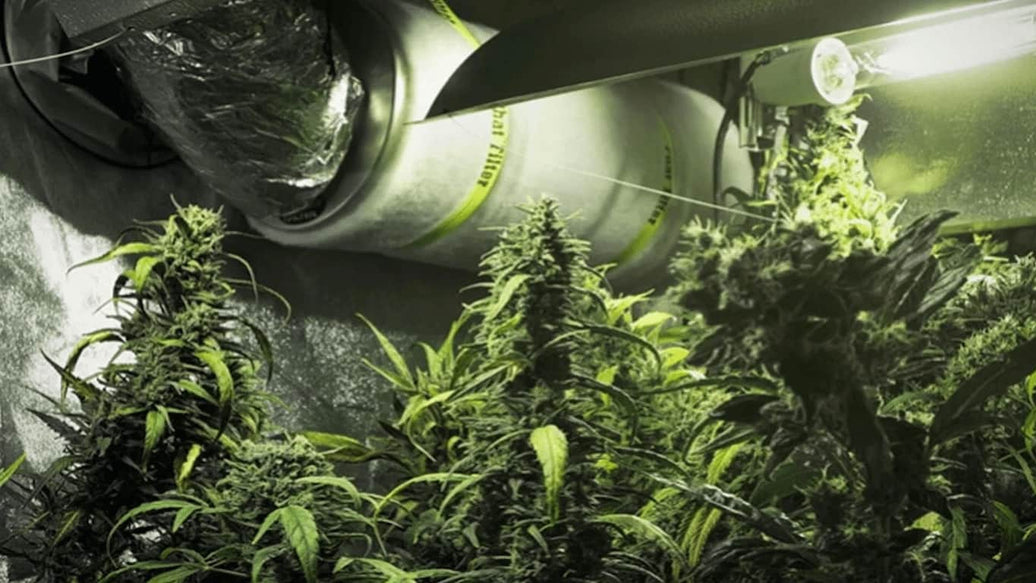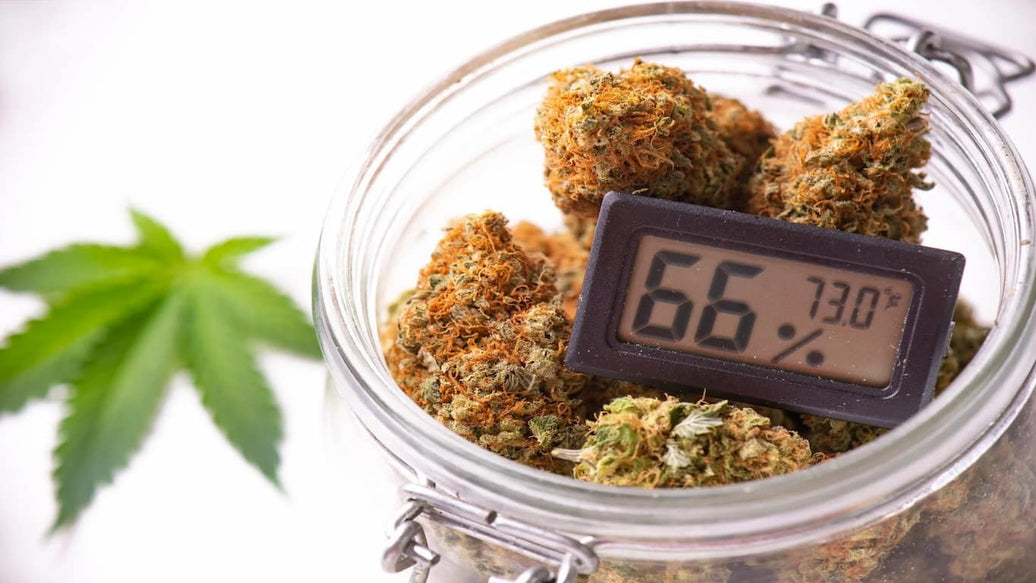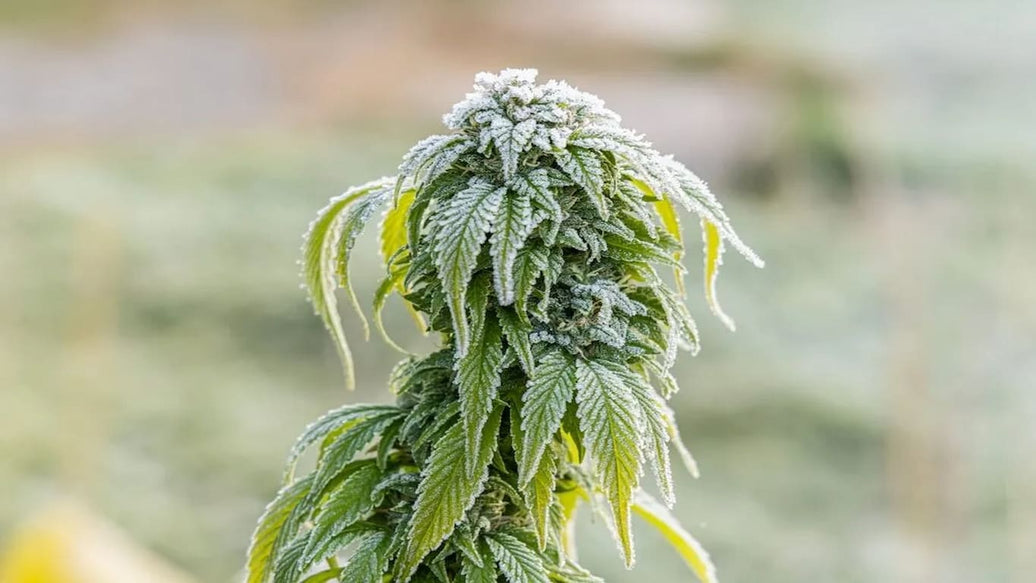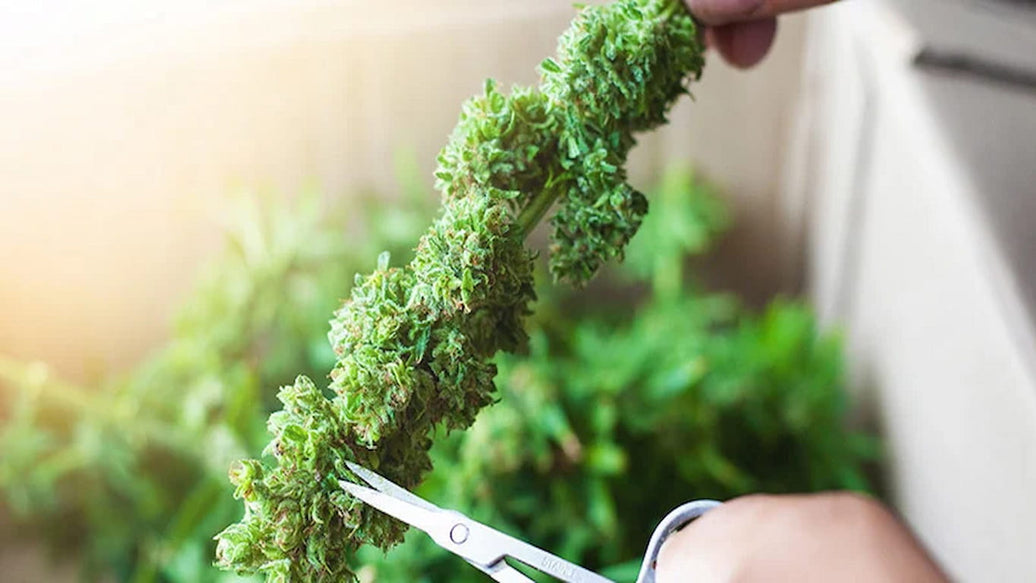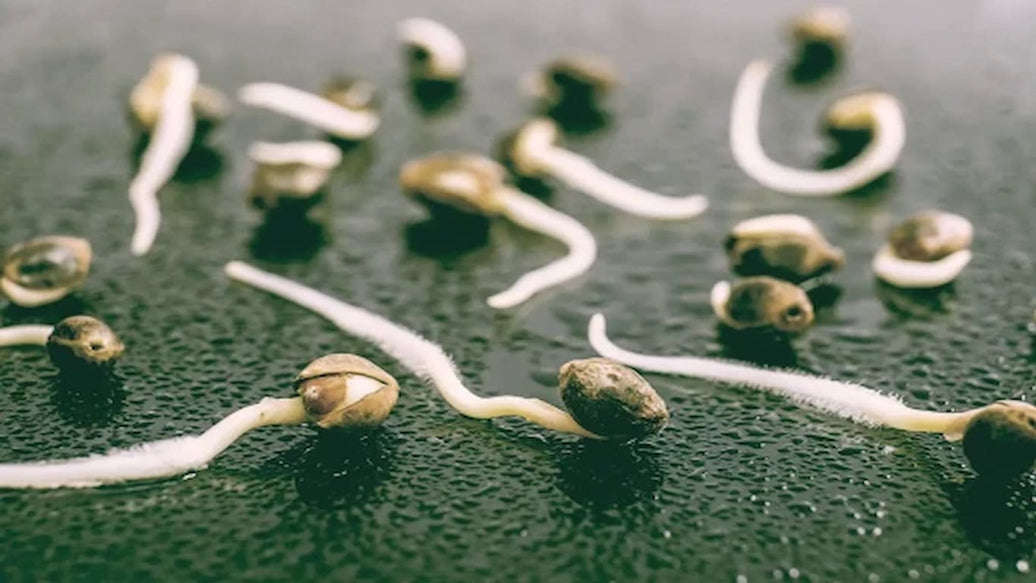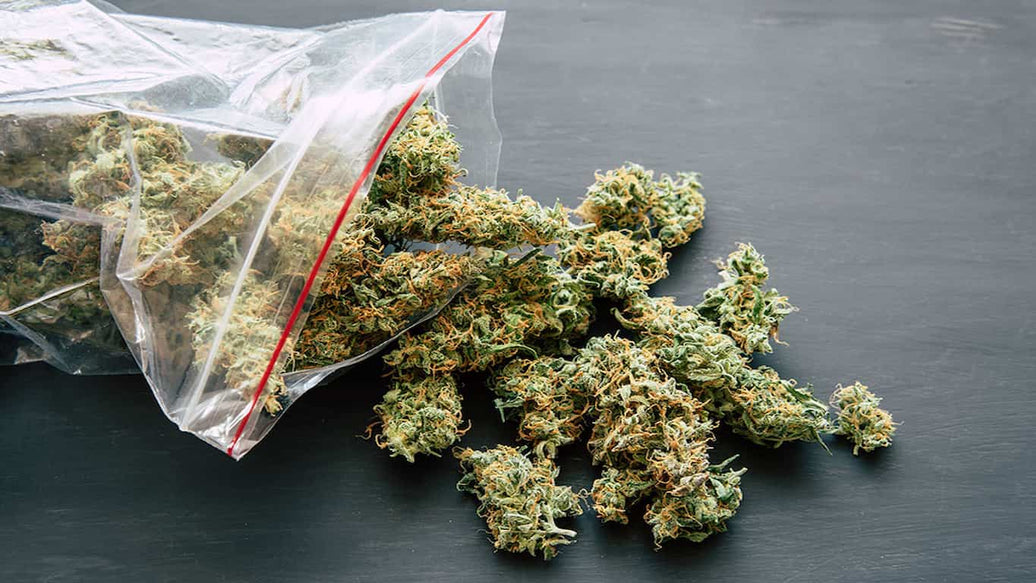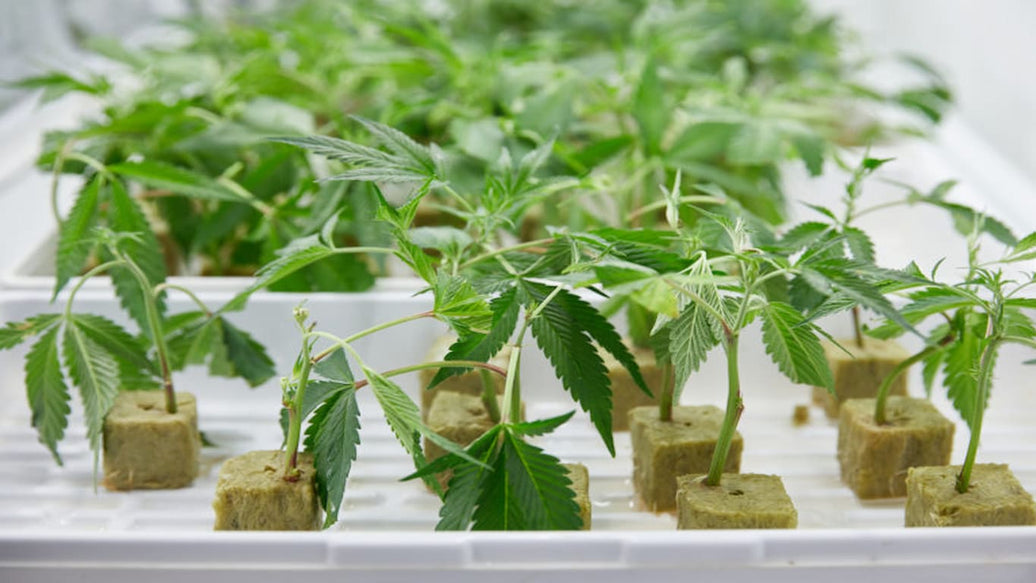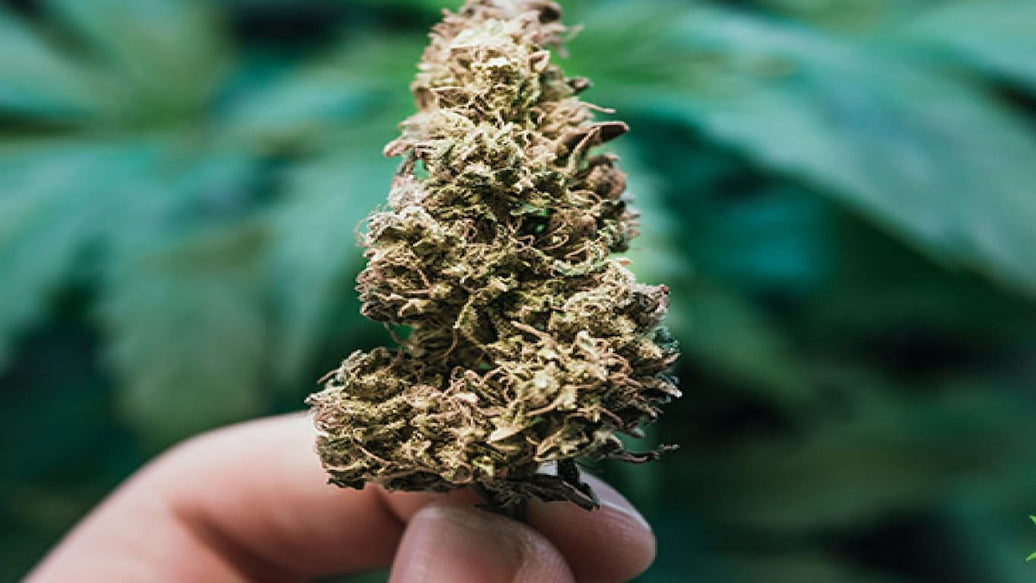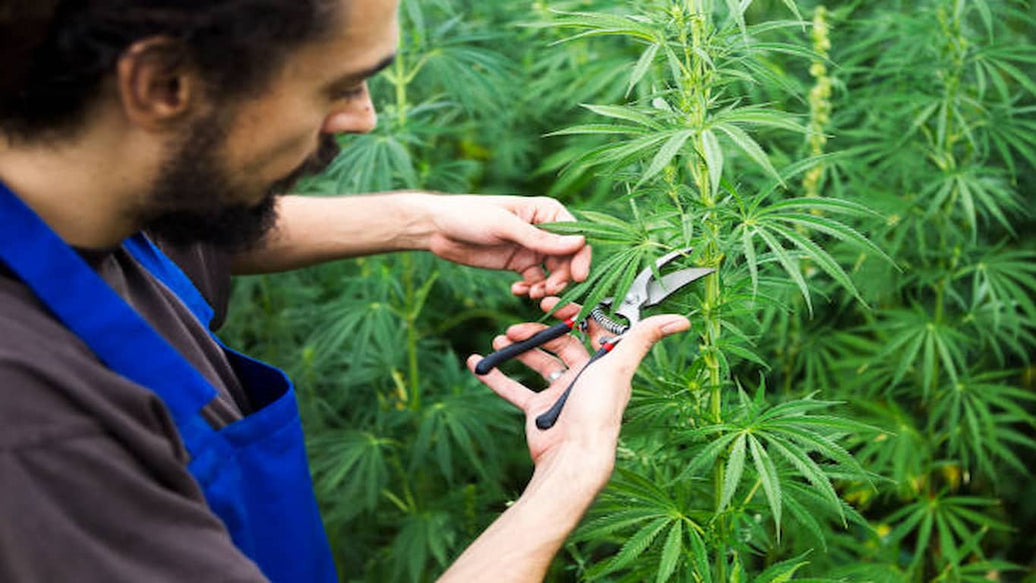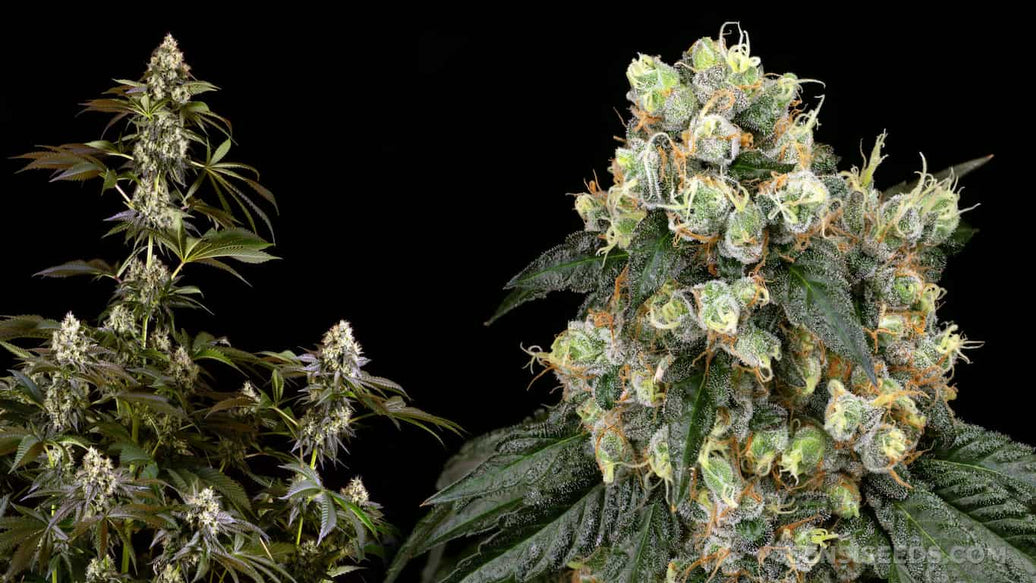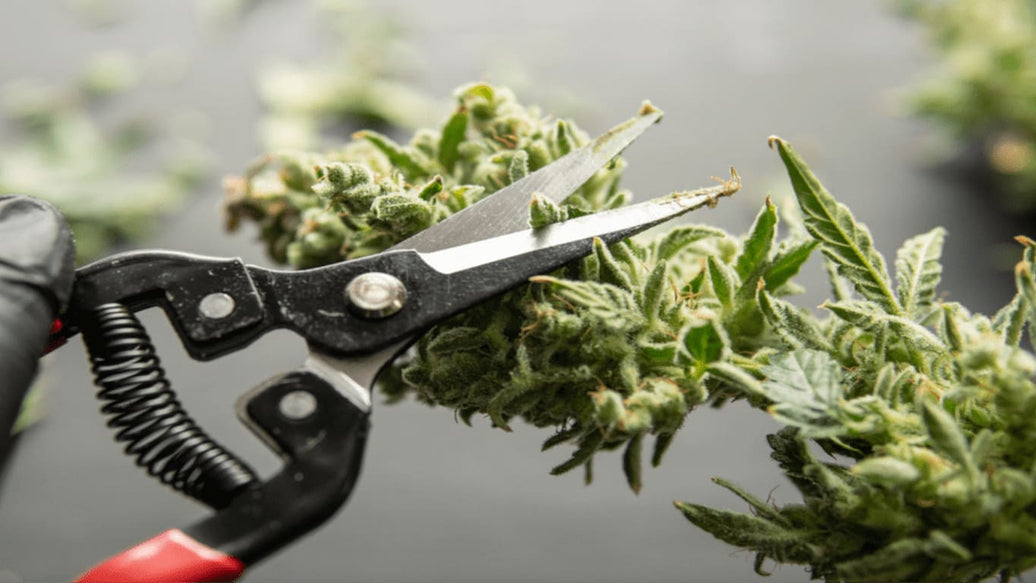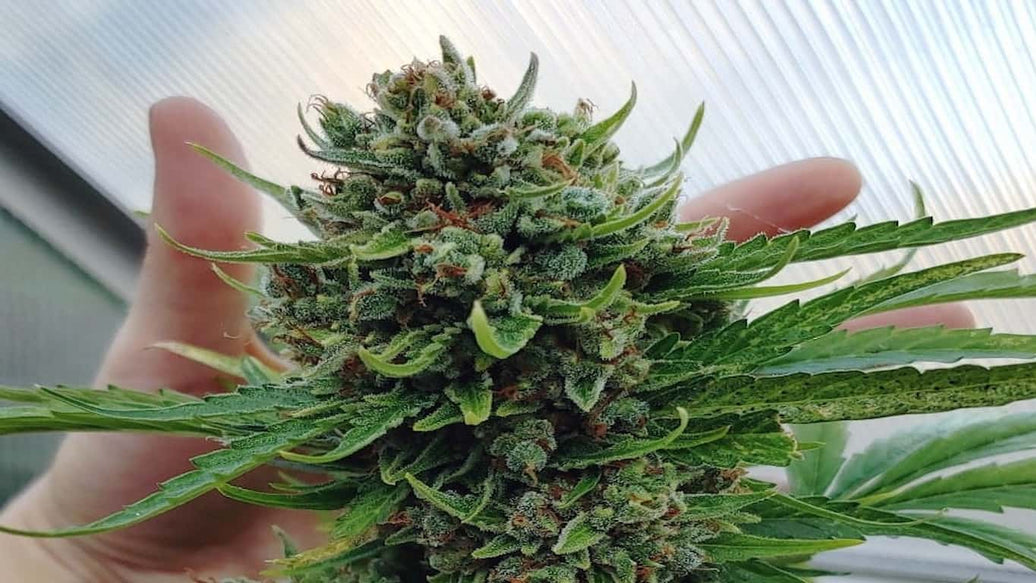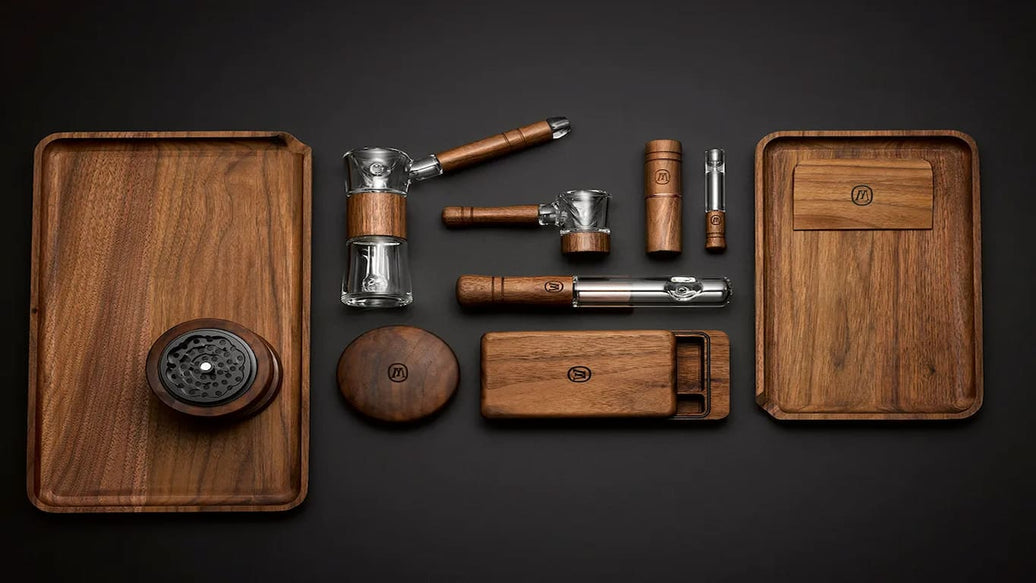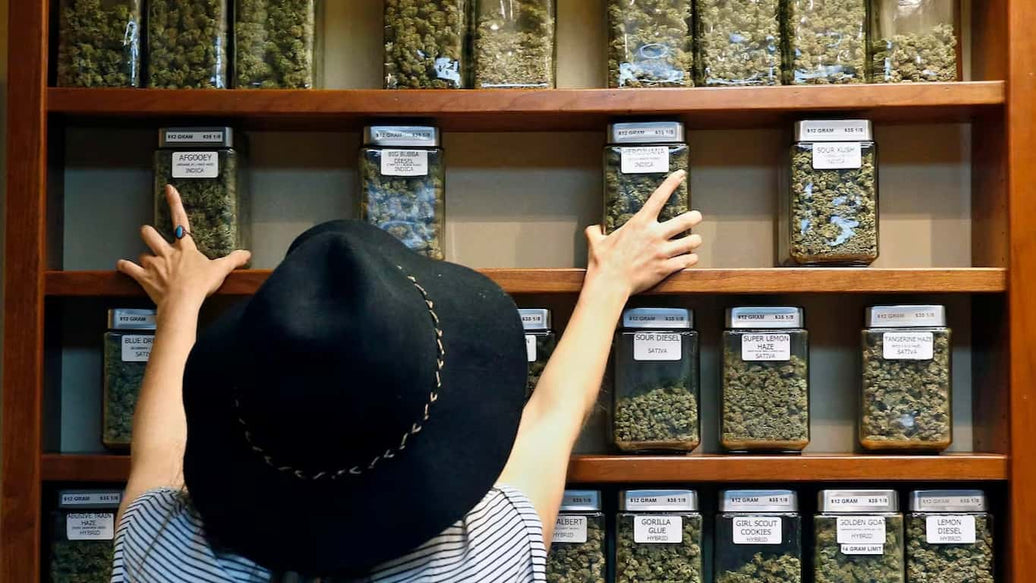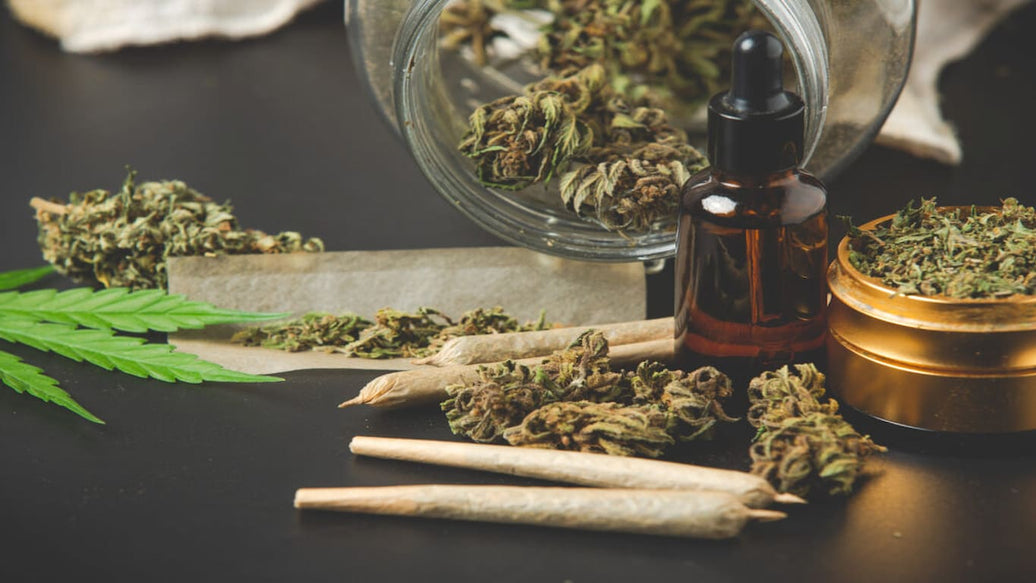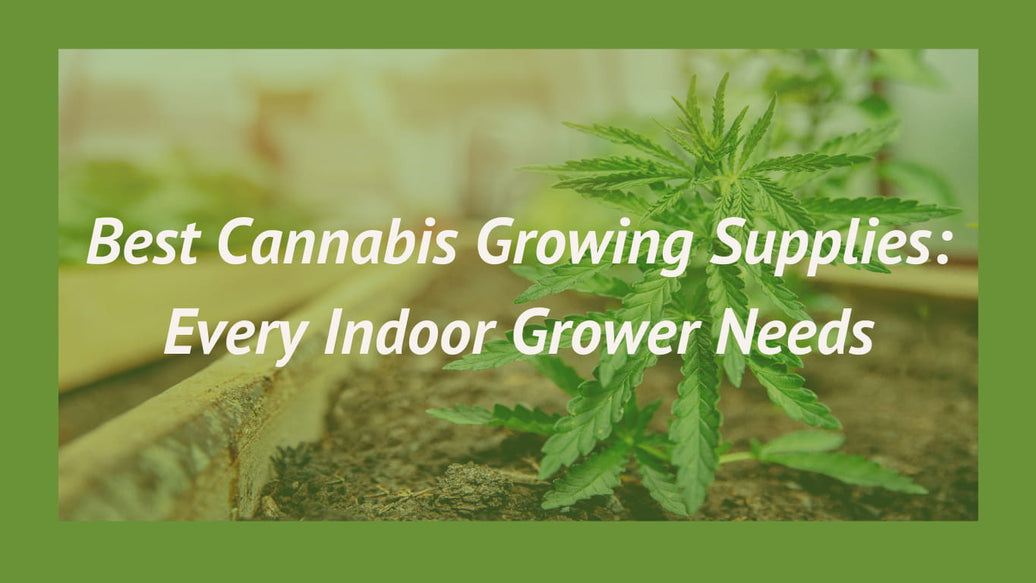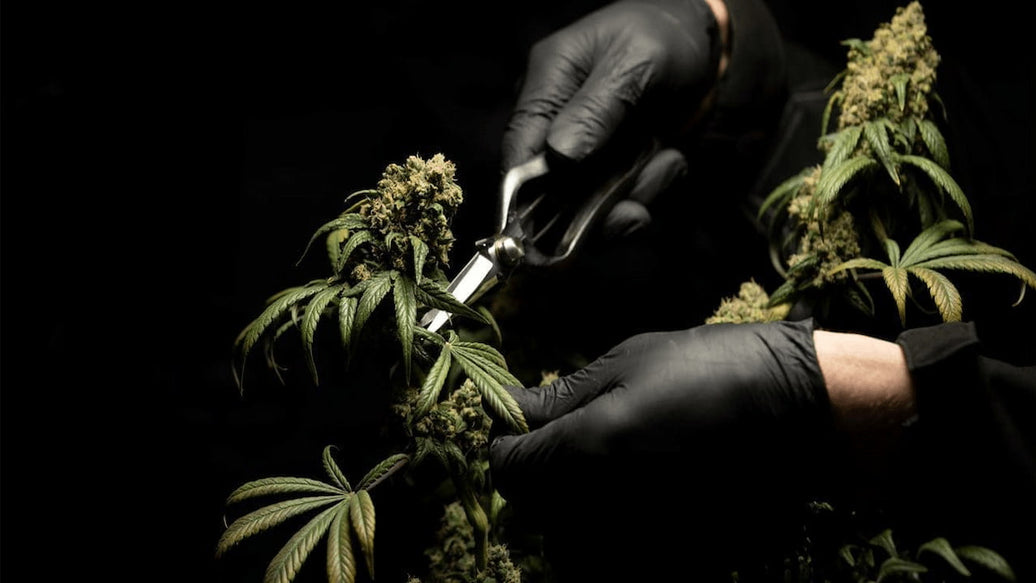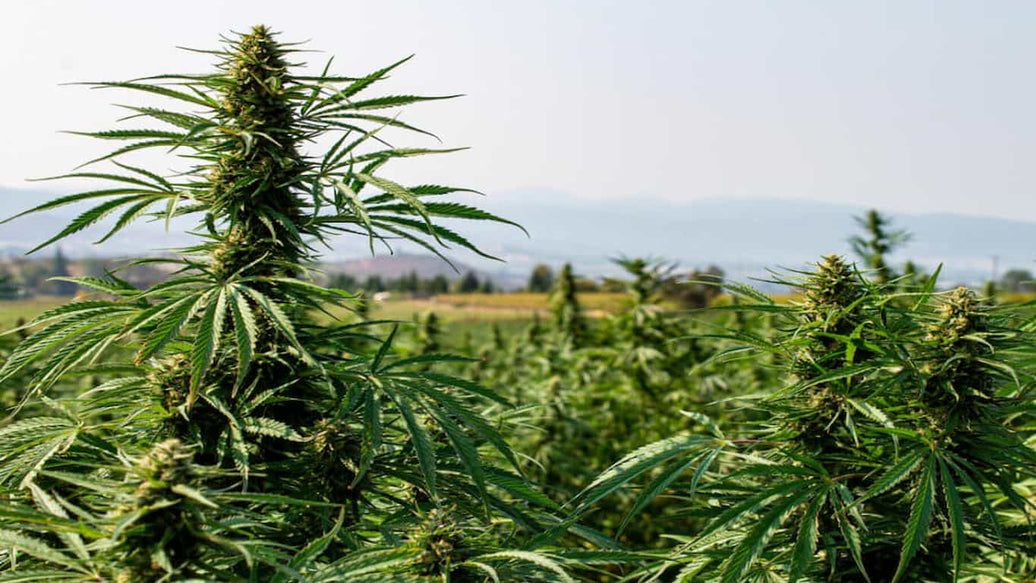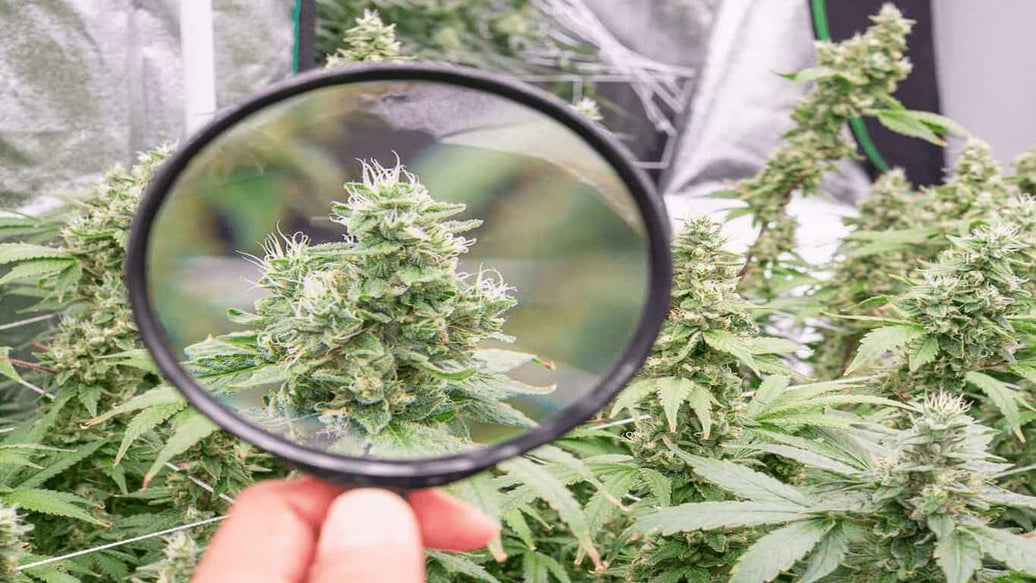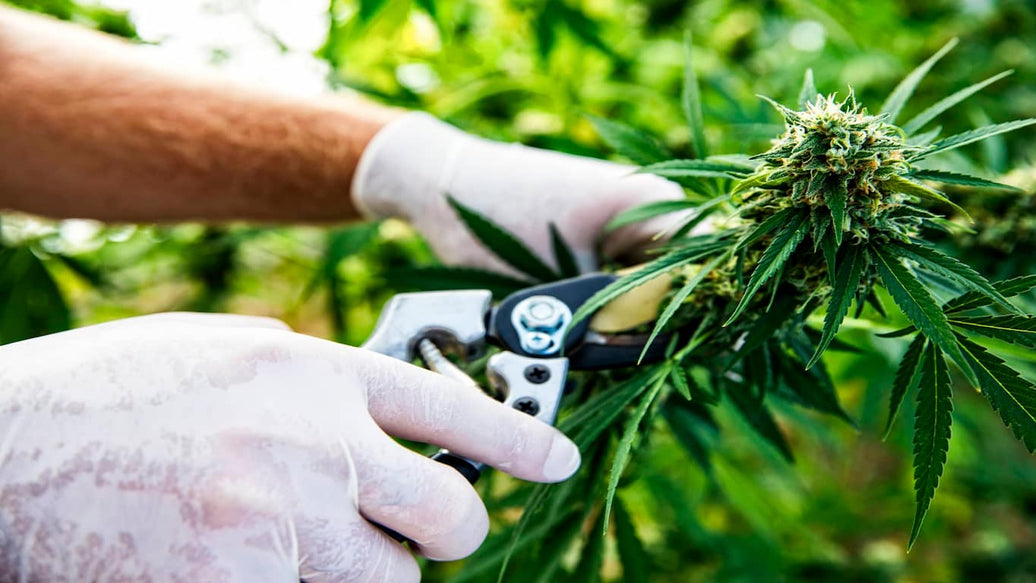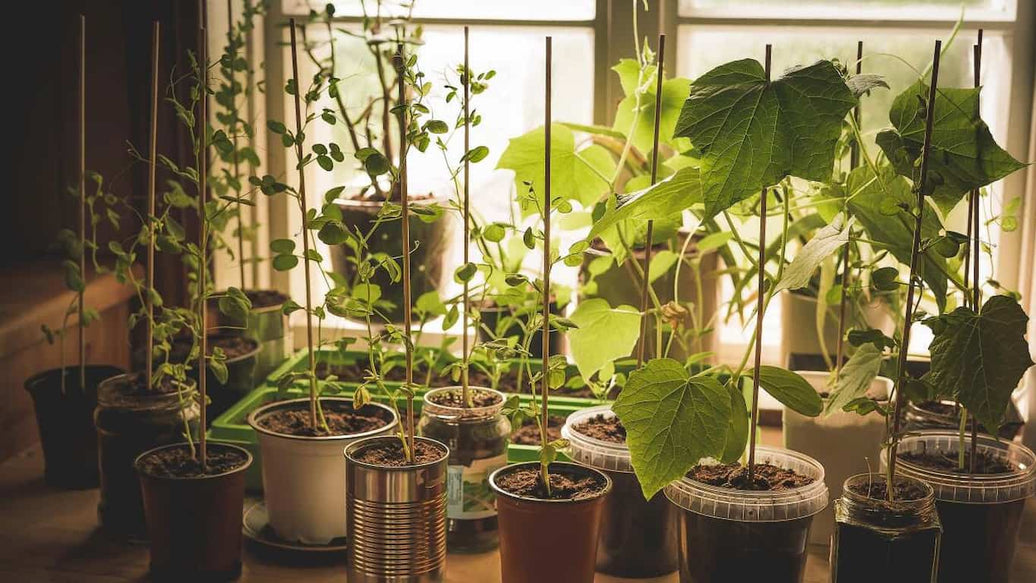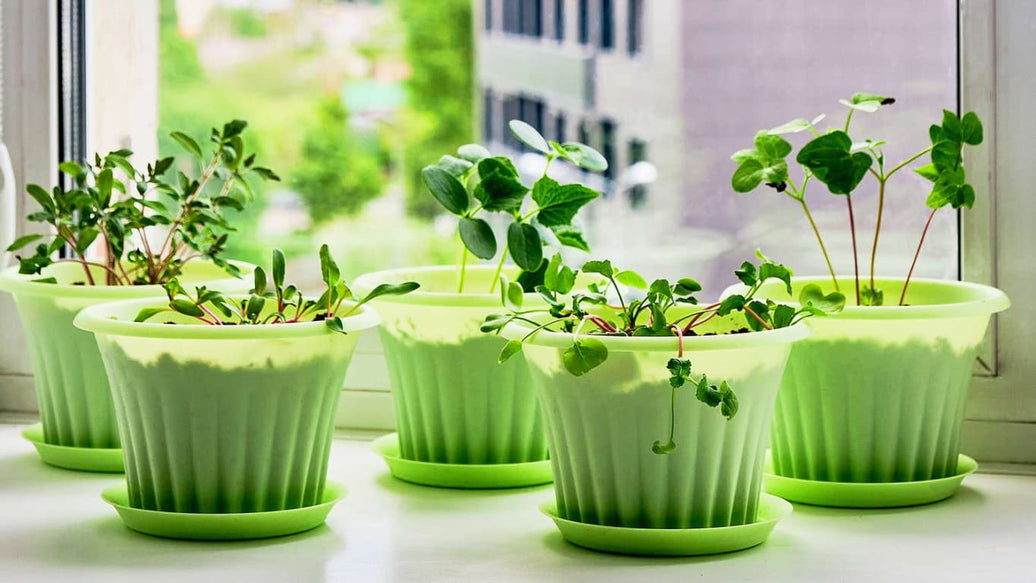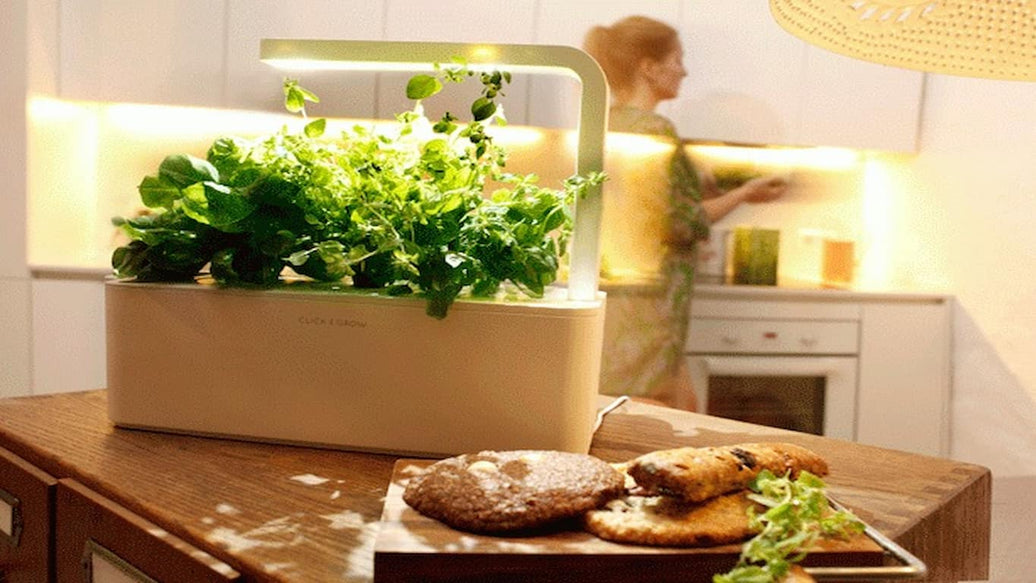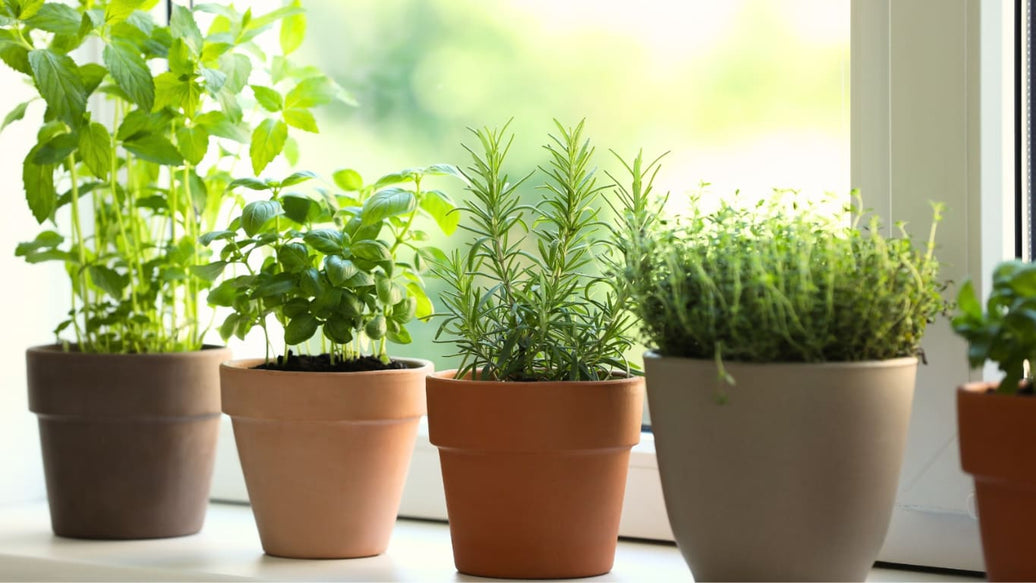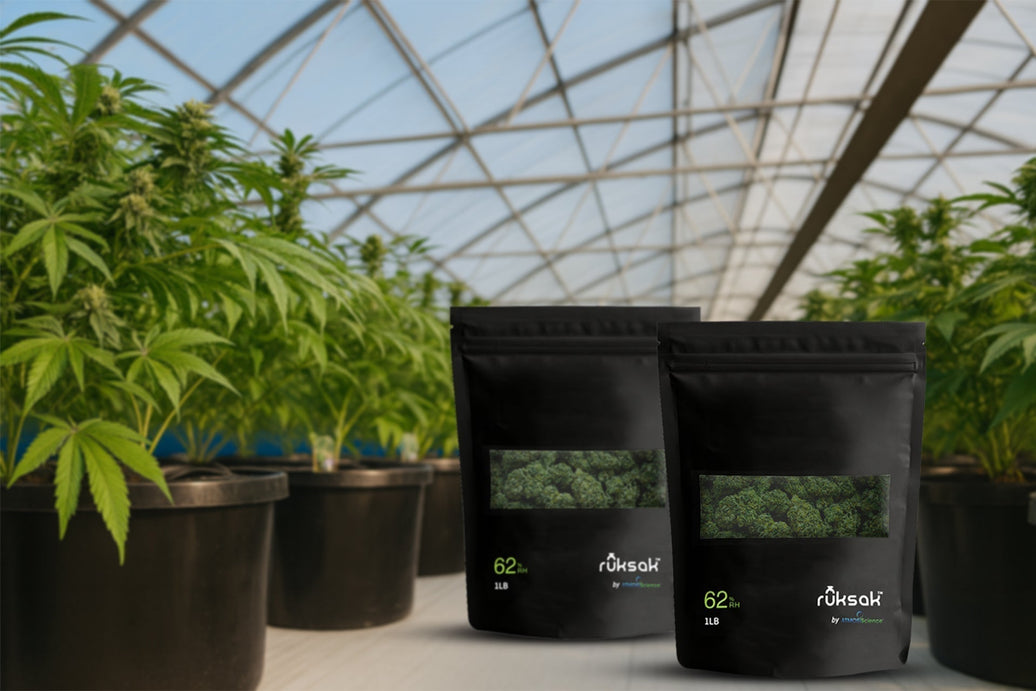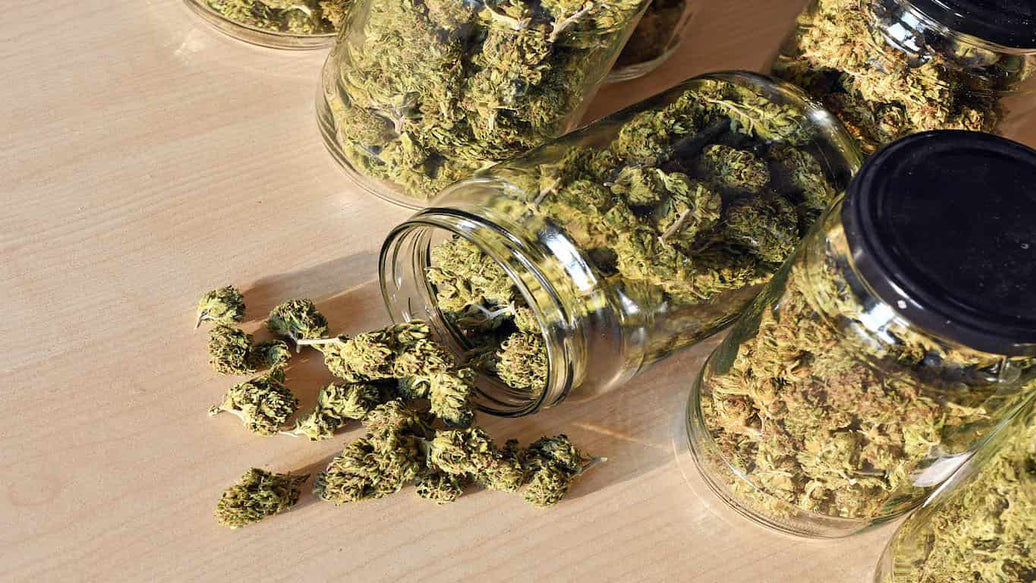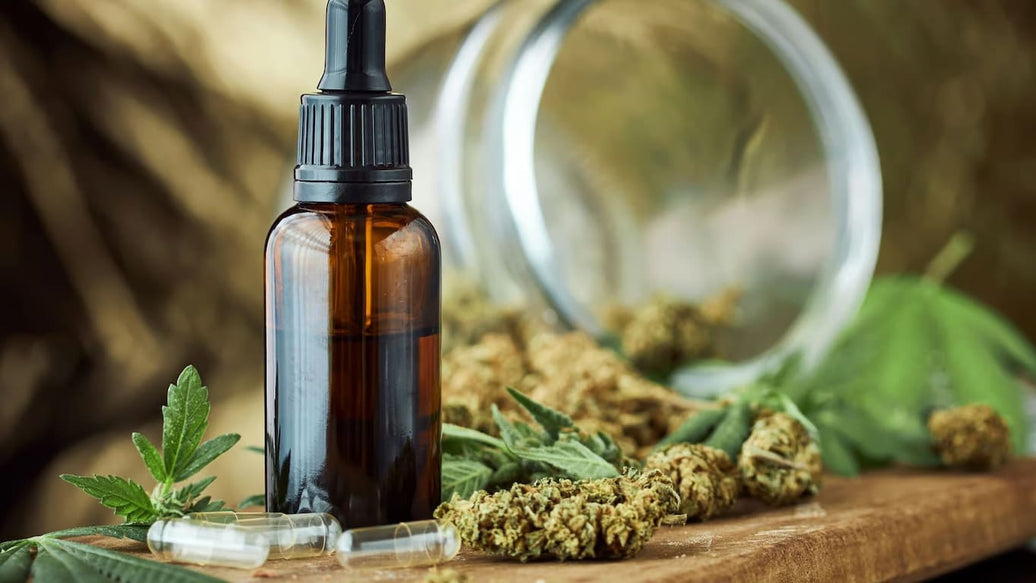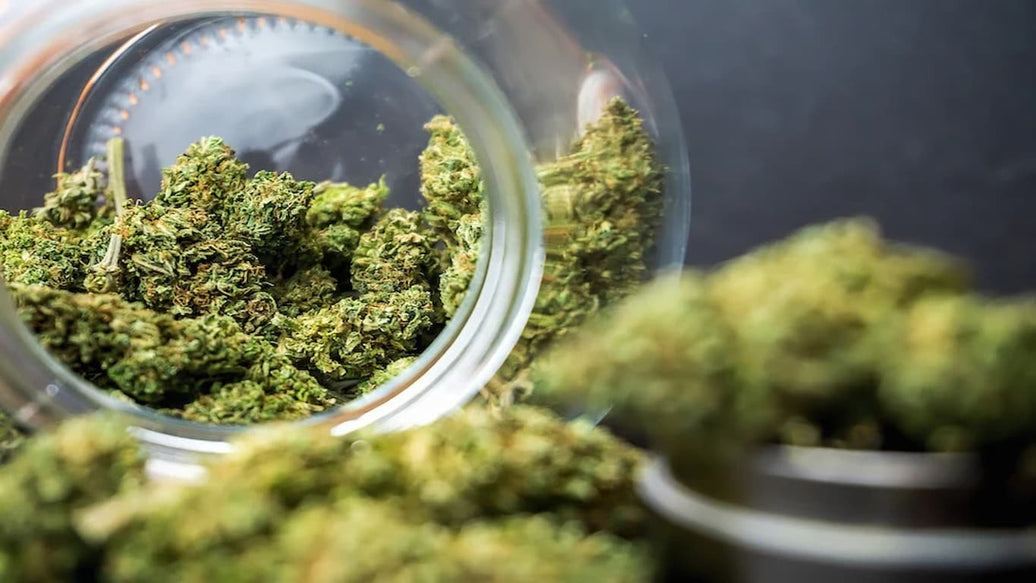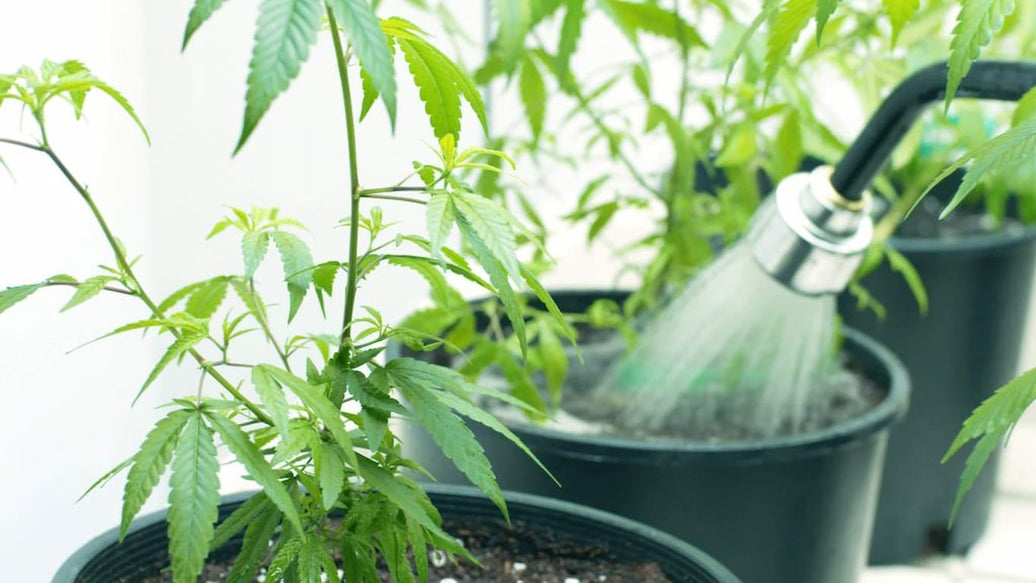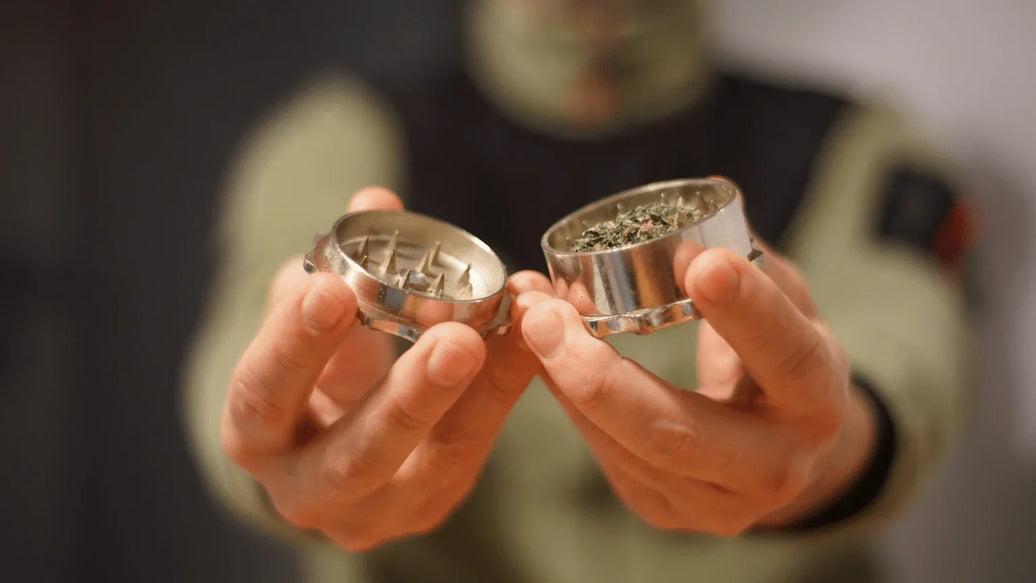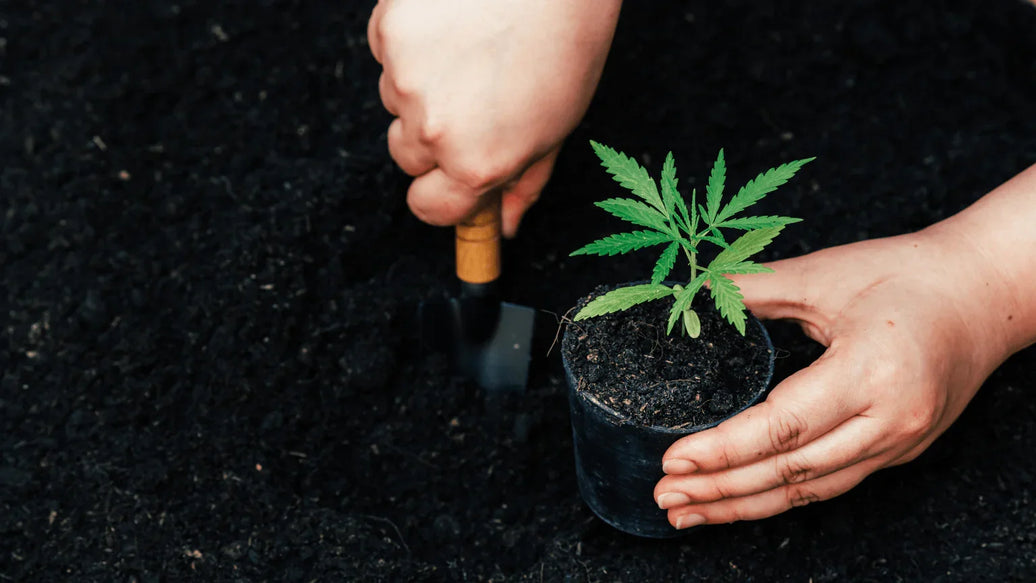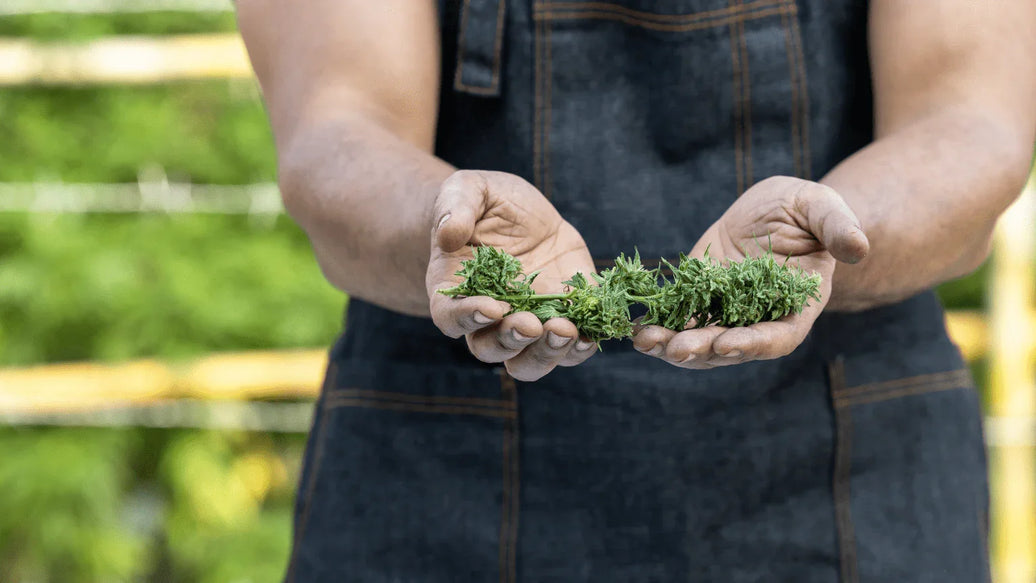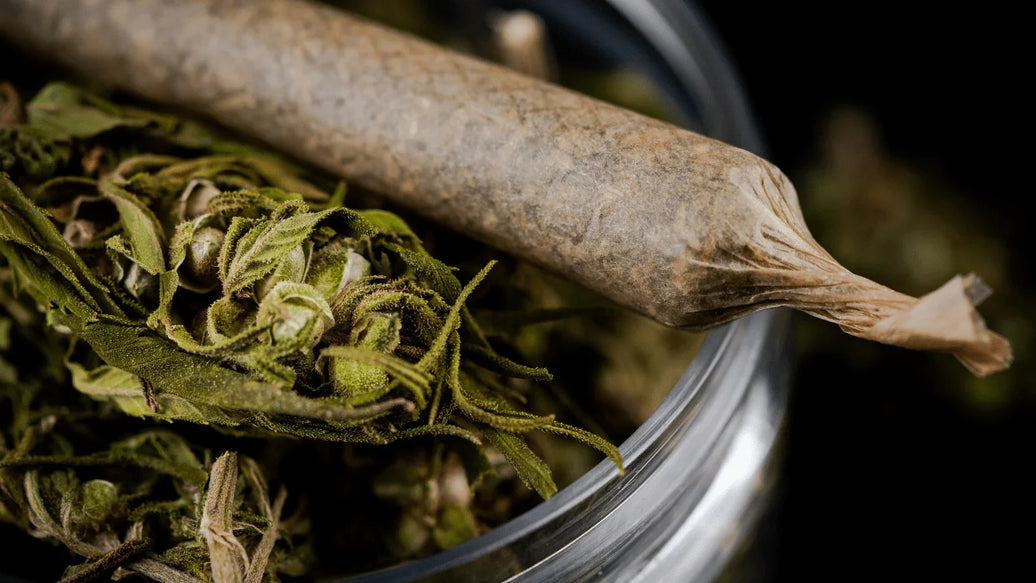For anyone growing cannabis outdoors, knowing exactly when to harvest outdoor cannabis can make all the difference between an average crop and an exceptional yield. Harvesting outdoor cannabis is an art as much as a science, requiring close attention to the plant’s physical signs of maturity, environmental cues, and genetic characteristics. This guide walks through everything you need to confidently decide when to harvest cannabis outdoors, how to handle the plants post-harvest, and tips for drying, curing, and storing that preserve ultimate potency and flavor.

Understanding when is outdoor cannabis ready to harvest
The clearest natural signals for harvesting outdoor cannabis timing come from observing the plant’s trichomes and pistils. These two plant features evolve distinctly as buds mature.
Trichome changes reveal harvest timing
Tiny resin-producing glands on cannabis buds, called trichomes, provide key evidence of readiness for harvest. When young, these trichomes appear clear, gradually turn milky white as THC levels peak, then amber as THC starts converting to sedative compounds like CBN. Most experienced growers aim to harvest when about 70-80% of trichomes are milky and 20-30% show amber coloring. Magnifying tools such as a jeweler’s loupe or smartphone camera help in spotting these subtle color shifts, making when to harvest outdoor cannabis a visually guided decision.
Pistil color as a supporting indicator
Along with trichomes, pistils (the hairs on buds) serve as a visual cue. These begin white and straight, then darken to orange or brown and curl inward at maturity. Harvesting when 70-80% of pistils have shifted color generally aligns with peak resin production, backing up the trichome inspection and refining timing accuracy for harvesting outdoor cannabis.

Weather and environmental factors that affect harvest
Because outdoor cannabis reacts directly to its environment, knowing how weather and climate impact the harvest window is essential.
Timing harvest around daylength and latitude
The plant’s flowering and ripening are triggered by the changing photoperiod linked to latitude. In many temperate zones, flowering starts as days shorten toward fall, and harvest typically falls in late September to October. In tropical areas, more stable daylight hours can lead to longer flowering times or multiple harvests annually. Adjusting your expectations for when to harvest cannabis outdoors based on your location’s daylength cycle offers a natural rhythm to guide harvest timing.
Ideal temperature and humidity for harvest
Warm days combined with cooler nights provide the best conditions for plant maturation. Pre-harvest humidity levels should stay low to moderate to avoid mold during the drying phase. Rain and high humidity close to harvest can promote bud rot and negatively impact yield quality. Closely monitoring weather forecasts around harvest is key to planning an optimal outdoor cannabis harvest.

Genetics and phenotypic variation impact harvest timing
Beyond the environment, each strain’s genetics influence how long it takes to reach prime harvest time.
How strain genetics guide harvest windows
Indicas usually complete their flowering stage faster than sativas, with typical cycles of 8-10 weeks versus 10-14 weeks, respectively. Autoflowering strains take even less time from seed to harvest. Yet these genetic timelines serve best as rough guidelines, as outdoor environmental factors can speed up or slow down growth. Observing physical cues like trichome and pistil changes in your particular strain remains the most reliable approach to perfect harvest timing.
Phenotypic divergence within the same strain
Plants from the same seed batch or clone will sometimes vary in their maturity timeline, with some ready days before others. A staggered harvest approach, selectively cutting parts as they mature, can help maximize overall quality and potency in an outdoor crop.
High-CBD versus high-THC strain differences
Cannabis cultivated for high CBD rather than THC content may show different development in trichome and terpene maturity and may require adjustment of harvest timing for best results during outdoor cannabis harvest.
Step-by-step process for harvesting outdoor cannabis
Once maturity is confirmed, following best practices in harvesting and post-harvest phases maintains quality and potency.
Before the cut: Preparation
Flush your plants with water only during the last 1-2 weeks before harvest to clear out nutrient buildup and produce smoother smoke. Ensure your workspace is clean, and sharpen your cutting tools in preparation for a smooth outdoor cannabis harvest.
Cutting techniques and timing
Harvest in the early morning or late afternoon when temperatures are cooler to preserve delicate terpene profiles. Depending on plant size, cut branch-by-branch or whole plants at the base. Handling buds gently prevents damage to trichomes during the critical transfer from garden to drying space.

Drying your outdoor cannabis properly
Hang the cut branches upside down in a dark, ventilated room maintained at about 20-22°C with 45-55% relative humidity. Proper airflow is essential to prevent mold, while drying slowly over 7–14 days preserves cannabinoids and aromatic terpenes.
Curing for maximum potency and flavor
Store dried buds in air-tight containers with humidity control (58-62% RH) and “burp” these jars daily in the first few weeks. This slow curing process allows chemical changes that enhance potency, flavor, and smoothness in your outdoor cannabis harvest.
Storing the harvest
After curing, store your buds in humidity-stabilized, airtight jars away from sunlight and heat to maintain freshness and terpene integrity over time. The right storage containers are vital to preserving your outdoor cannabis harvest.
Visit ATMOSIScience for premium cannabis storage products designed to keep buds fresh long-term; our ruksak bamboo bag, Humidi-Cure®, and built-in humidity control liner for jars would be your top choice.

Potential challenges in outdoor cannabis harvesting
Even experienced growers face common pitfalls during outdoor harvests, which careful planning can help prevent.
Common timing mistakes
Harvesting too soon results in buds with underdeveloped THC levels and flavor; waiting too long causes THC to degrade into CBN, yielding sedative effects. Close inspection of trichomes and pistils is key to avoiding these issues.
Pest, mold, and rot risks
Wet, humid conditions around harvest promote mold and bud rot, especially outdoors. Regular monitoring, removing infected plant parts, and selective harvests prevent widespread damage and preserve overall crop quality.
Conclusion: Mastering your outdoor cannabis harvest
Knowing the best time to harvest outdoor cannabis is about balancing scientific observation of trichomes and pistils, environmental awareness, and understanding your strain’s genetics. When combined with careful drying, curing, and storage methods, you ensure a top-quality, potent, and aromatic harvest. For further in-depth growing wisdom, check out our expert guides at ATMOSIScience, including Cannabis Curing Techniques and Optimizing Cannabis Humidity.

